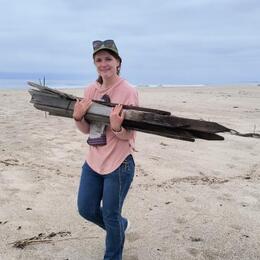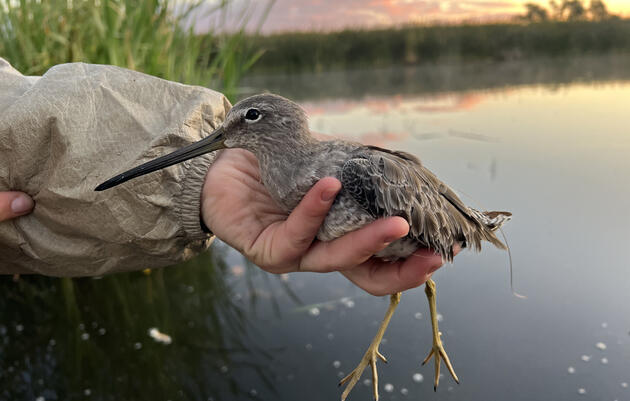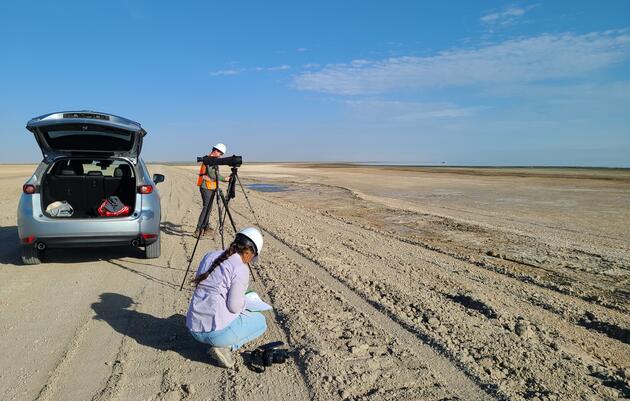In the aftermath of a 'rogue wave' that swept through Ventura County and disrupted the serene coastal community, Sara Breshears, local resident and Audubon volunteer, vividly recalls the scene on December 29th. “That day, the waves were still really big. Along the path from Marina Park to the National Park Visitor Center, concrete benches were pulled out of the ground and tossed aside, as if they were driftwood.” On December 28th, the rogue wave had leapt over a seawall, sweeping away both people and vehicles.
Prioritizing the safety of participants, Ventura Audubon rescheduled their annual Christmas Bird Count (CBC), initially slated for December 30th but moved to January 5th due to beach closures prompted by the high surf conditions. Though necessary, the postponement caused challenges for the community science effort. Frank DeMartino, the coordinator of the county-wide CBC for Ventura Audubon, estimates that the sudden schedule change resulted in 30 participants having to drop out of the count. As a result of reduced participation, the remaining surveyors had to cover two to three times their usual ranges. The preliminary CBC count numbers included only 175 bird species.
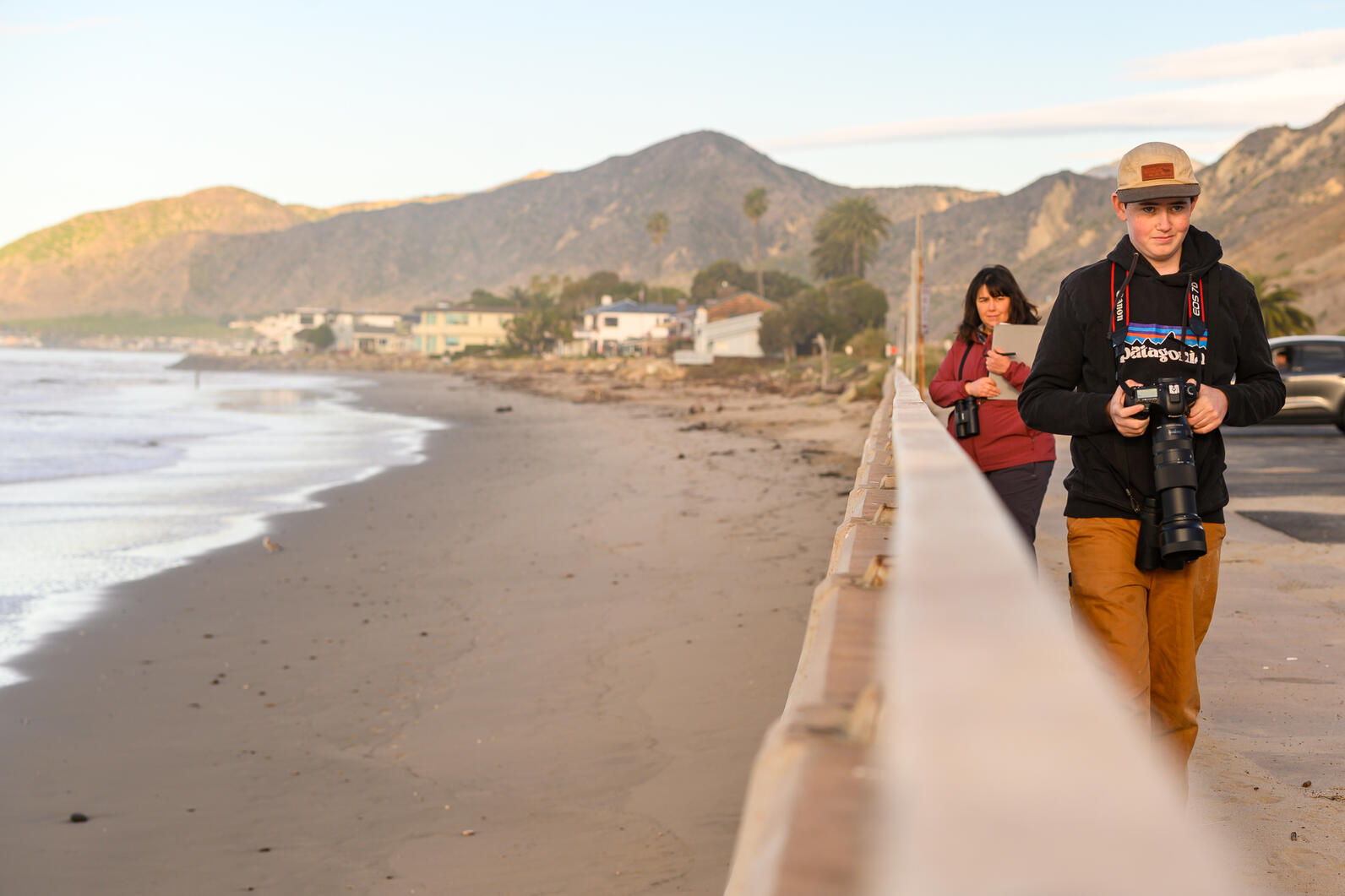
Frank reflected on the count, sharing, "Overall, bird numbers and species numbers were lower than the last count, but that’s not surprising given the weather events just prior to the count. I’m still shocked that we didn’t see any American White Pelicans. We were in the mid-80s for two years in a row, so expectations were high for them this year. Another weird note is that we had hardly any swallows. I think, as of now, we had single digits of Tree, Violet-green, and Barn Swallows. We also missed Common Merganser, normally a regular at Lake Casitas. We did see a lot of good birds though! Most interesting (to me) was the fact that we had a pair of Chestnut-sided Warblers and a pair of Gray Flycatchers. Seeing one of either of those birds would be exciting, but to have two in the circle at the same time is mind-blowing. We also had a Grace’s Warbler, Dusky-capped Flycatcher, and our first count Lesser Nighthawk."
January 5th CBC with young birder and wildlife photographer Max Breshears
Several days later, the impact on the community was evident as sand and debris littered the roads leading to the coast. As I walked down the sidewalk towards the beach, I was struck by the sight of seaweed and a lifeless cormorant entangled at the base of the metal handrails. Upon reaching the eroded beach, I observed sand pushed up against the houses by the powerful surf. The transformation of the beach was so significant that even a Spotted Sandpiper boldly foraged on a resident's back porch.
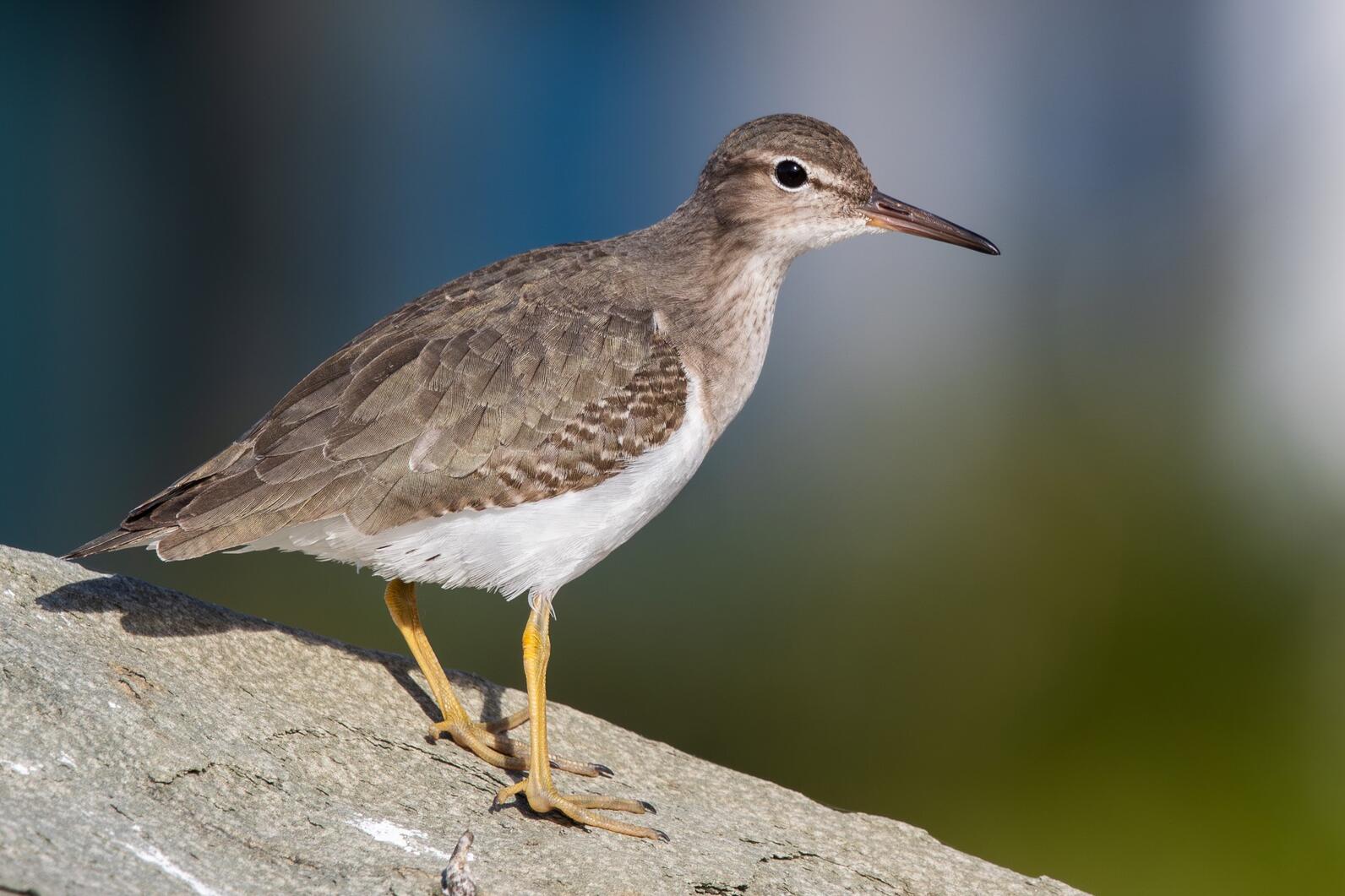
I was part of the Ventura River Estuary CBC team, led by 16-year-old birder and wildlife photographer Max Breshears, whose passion for birds and conservation started when he was 6 years old. Although this wasn't Max's first year volunteering for the CBC, he embraced a new leadership role as a count leader. This position tasked him with various responsibilities, including managing survey coverage within his assigned range, coordinating volunteer communication through email, text, and phone calls with a team of 10 volunteers, organizing transportation logistics such as arranging carpools and providing directions to pickup and drop-off locations, overseeing data collection by collecting completed data sheets from each volunteer, and offering bird identification training to newcomers.
I first crossed paths with Max during a Beach Naturalist classroom training session in 2021, which I co-led as Ventura Audubon's outreach coordinator alongside our team's field biologist, Kat Whitehouse. Due to COVID-19 precautions, our training had to be conducted over Zoom. Fortunately, by early 2022, we were able to transition to field training on the beach with Max and a few other volunteers.
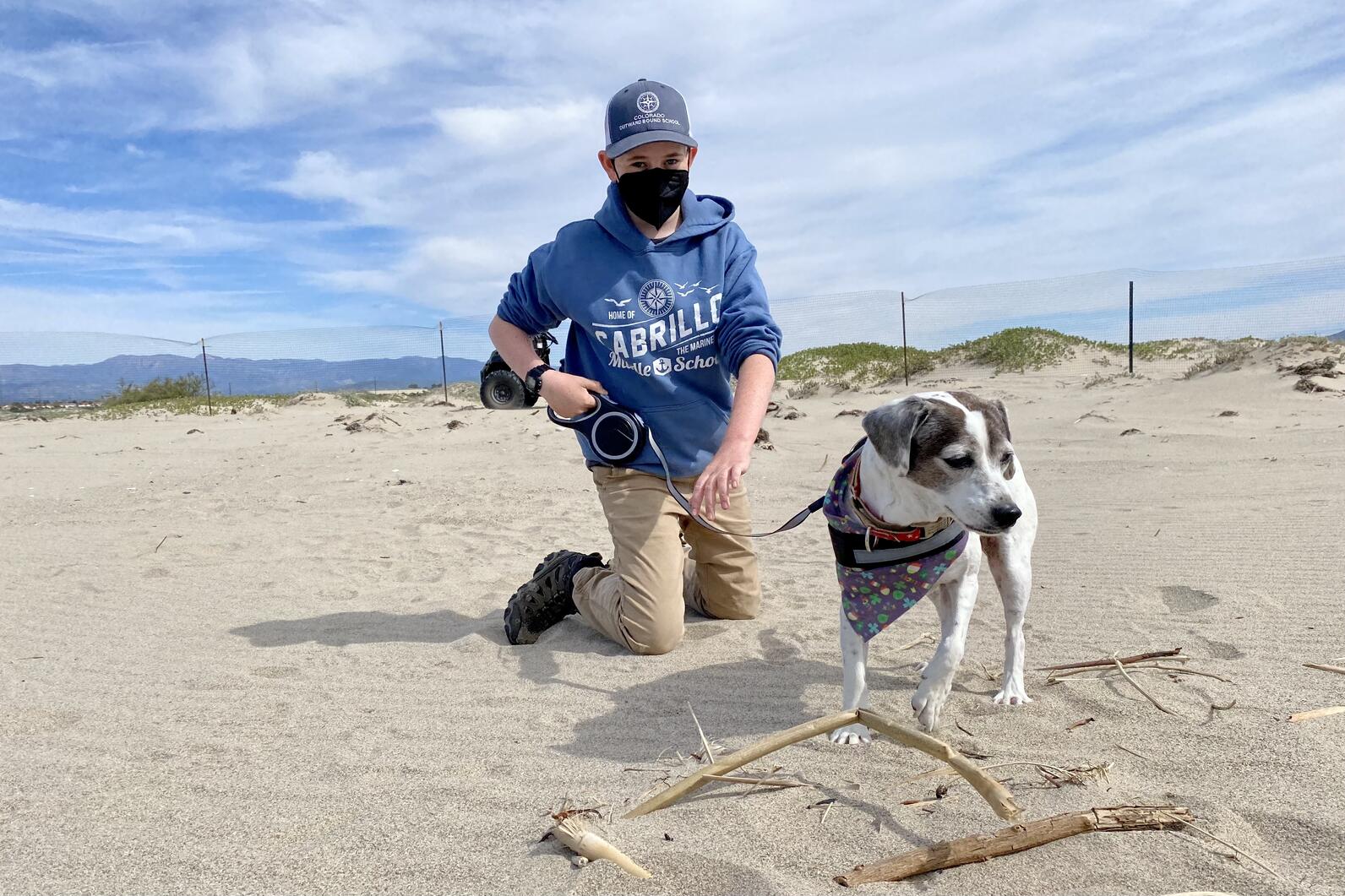
Conversing with strangers about nesting shorebirds and the impact their dogs have on these sensitive birds is challenging even in the best of times. However, in the shadow of the pandemic, this challenge was magnified. There were days when I felt discouraged by the state of the world and questioned the ability of our team to make a real difference for these birds and our community. Yet, during those moments of doubt, I found inspiration in Max's courage. He fearlessly discussed the fate of Western Snowy Plovers and California Least Terns—a fate inextricably linked to our own as members of a coastal community.
Max continued to impress me as he contributed to the field count of these threatened and endangered birds during the nesting season. Additionally, he regularly engages in community outreach events, educating local community members about shorebirds, the threats they face (including sea-level rise driven by climate change), and ways to contribute to their protection.
Having witnessed Max's growth alongside my own over the years, it was truly incredible to see him take a leadership role in the CBC this year.
In addition to his volunteer efforts with Ventura Audubon, Max serves as the chapter lead of the Southern California Young Birders’ Club. This role involves organizing experiences across four counties—ranging from trips to the high desert to the Salton Sea. The club warmly welcomes young birders and young wildlife photographers of all skill levels.
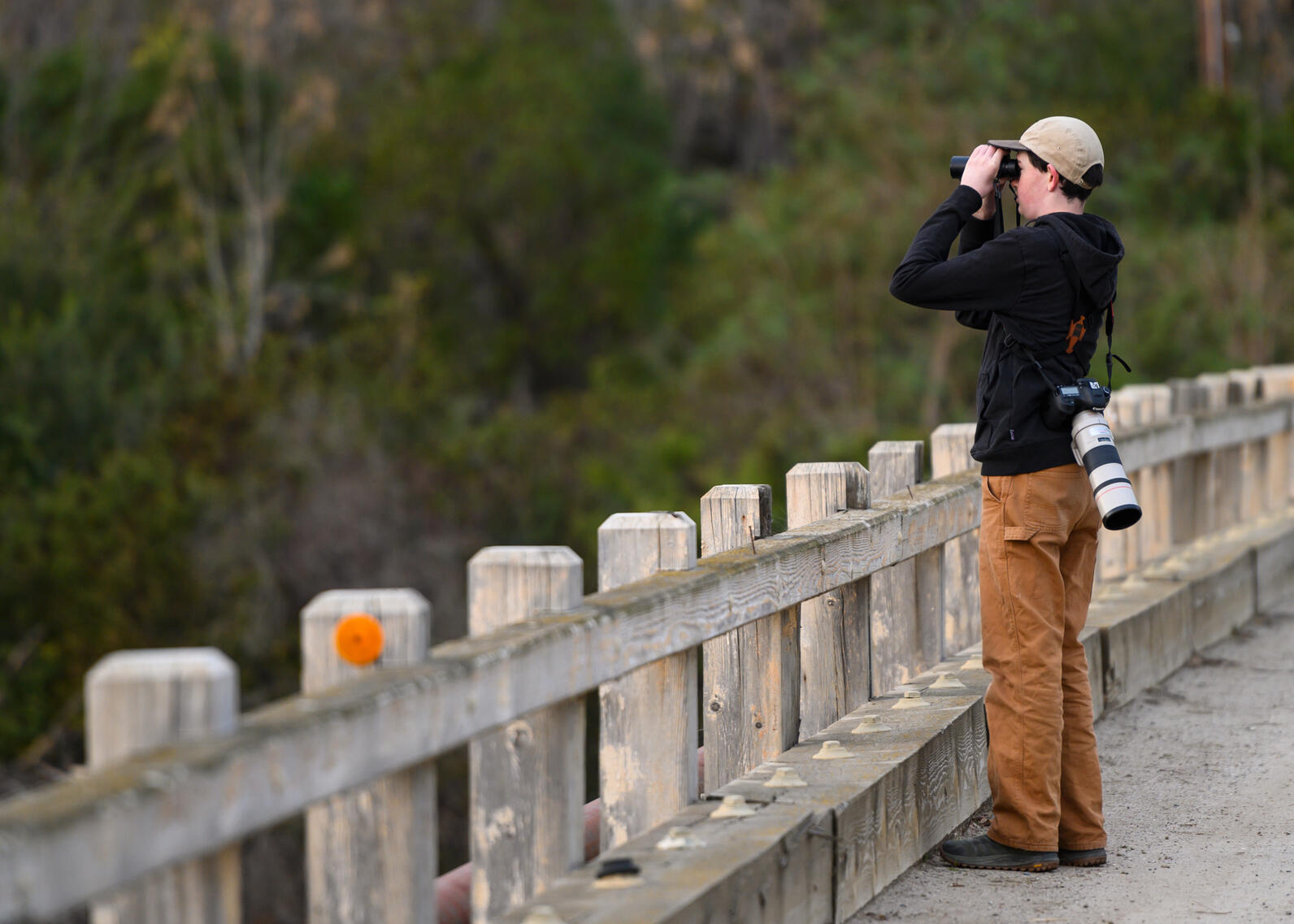
Urgency of Climate Action and Community Engagement
In the wake of this winter's extreme weather events, including the 'rogue wave' and coastal flooding in Ventura, it's becoming increasingly evident that the impacts of climate change are having profound consequences on our communities now. Without action, young birders like Max and others in his generation are projected to face the most severe consequences of climate change. I’m emboldened by Max’s passion for birds, dedication to conservation, and optimism in the face of crisis.
Though Max also witnessed the shocking destruction in Marina Park, he was still thrilled to spot a hybrid American x Black Oystercatcher species. He said, “More than 12 Black Oystercatchers and 1 hybrid Oystercatcher were along the jetty at Marina Park that day, an unusually high number for this time of year!”
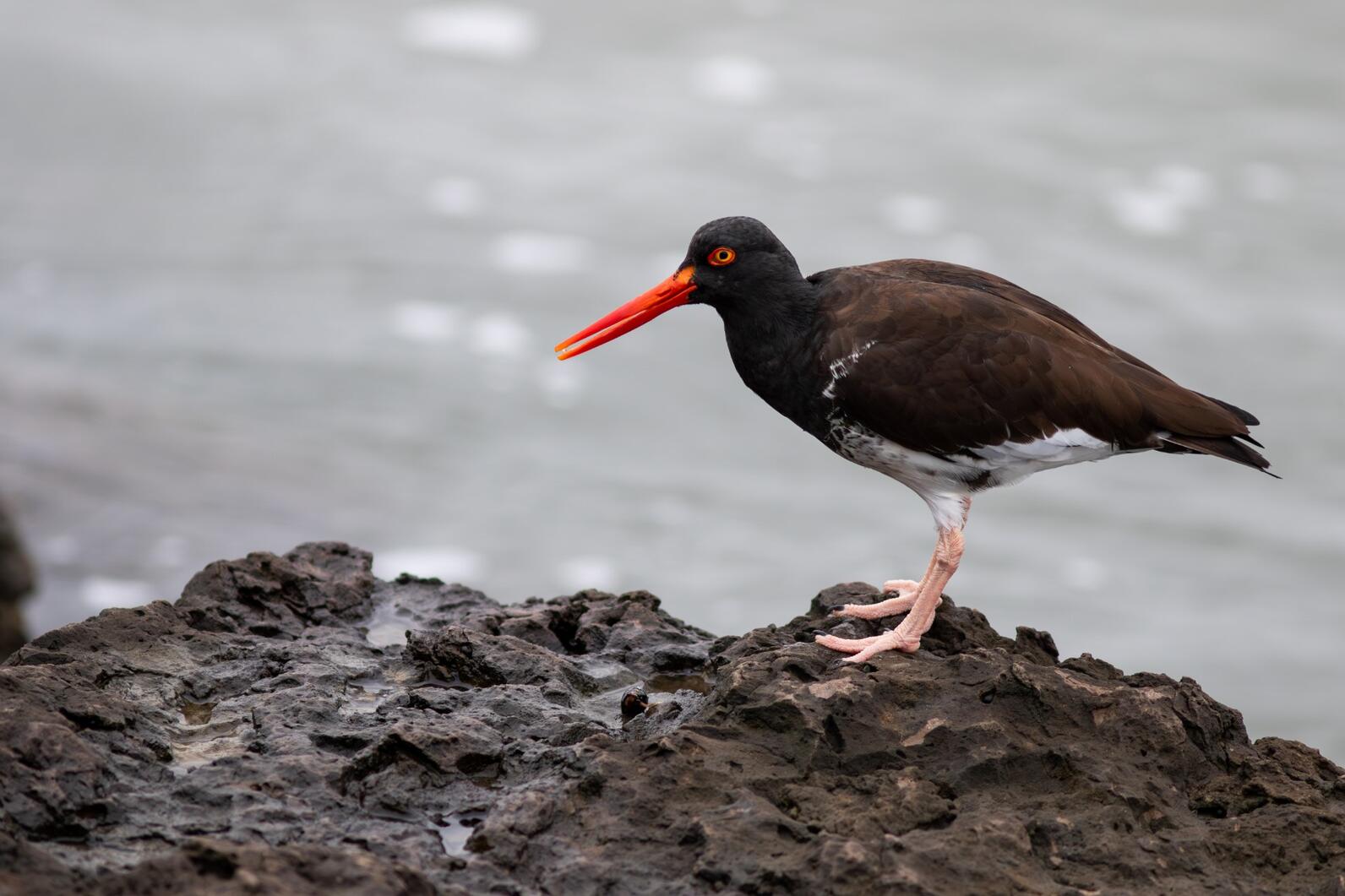
The urgency of climate action goes beyond safeguarding our communities; it's about fostering resilience along the coast and ensuring the active participation of future generations in community science.
Together, we can make a difference for the future of birds, our communities, and young leaders like Max. Be a part of our work to protect the habitats we all need by participating in an Audubon California sanctuary or center community event, joining a local chapter, and signing up for our newsletter. You can also check out Audubon’s Climate Action Guide on how to amplify your efforts to make lasting change in the world.

